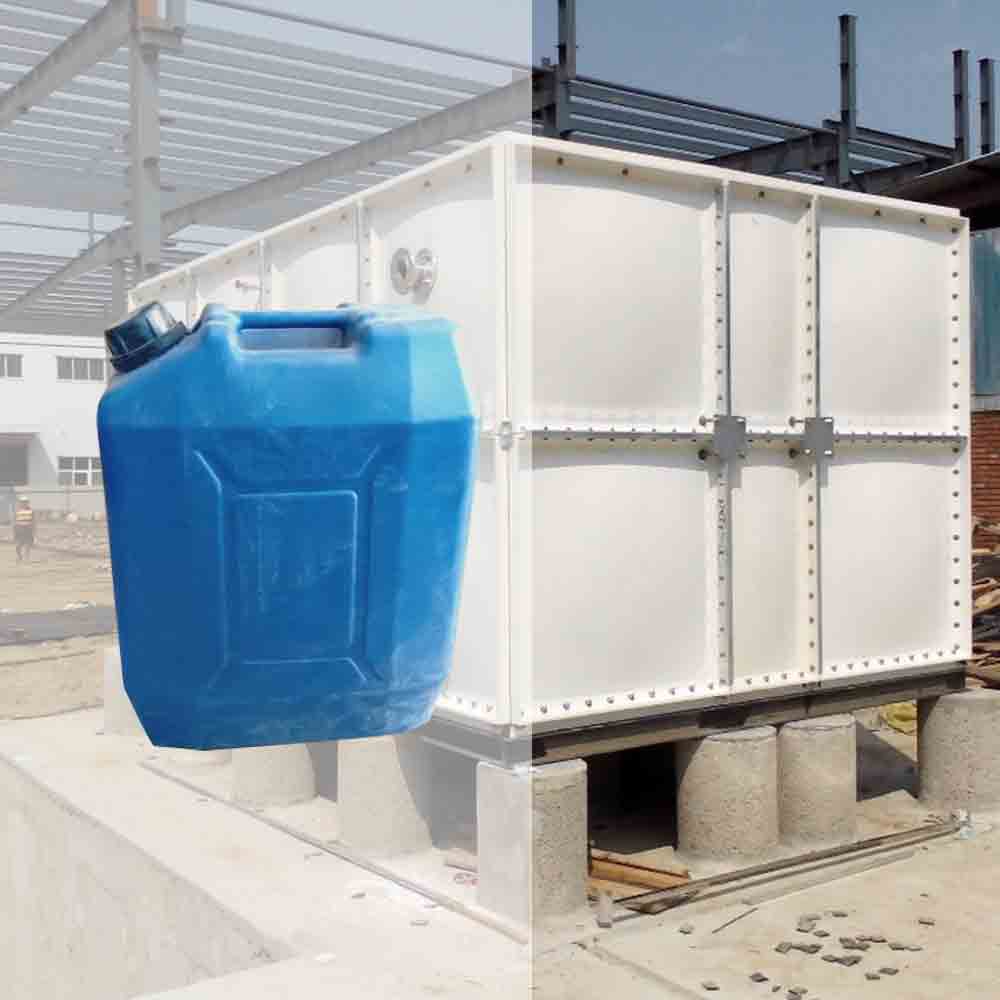RESIN PRODUCT
Other Links
GP Resin
FRP stands for Fiber Reinforced Plastic, and GP typically refers to General Purpose. When combined, FRP GP Resin refers to a type of resin used in the manufacturing of Fiber Reinforced Plastic products for general-purpose applications.
Fiber Reinforced Plastic is a composite material made of a polymer matrix reinforced with fibers, usually glass, carbon, or aramid. The resin serves as the matrix that holds the fibers together, providing strength and shape to the final product. General Purpose resins are versatile and suitable for a wide range of applications where specific performance characteristics are not critical.Read More
These FRP GP resins are commonly used in various industries for making lightweight and durable products such as pipes, tanks, panels, and other structural components. They offer good corrosion resistance, high strength-to-weight ratio, and ease of fabrication, making them suitable for applications where a combination of strength and versatility is required.
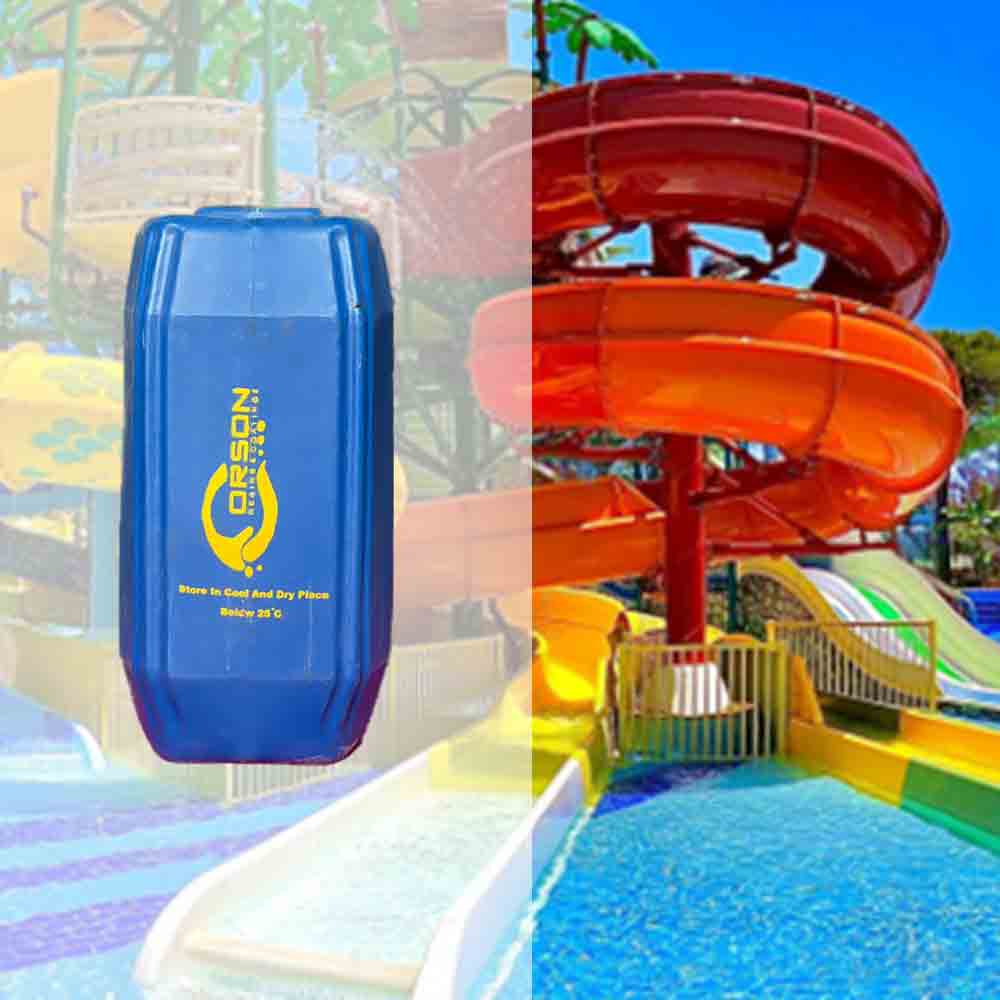
Marine ISO - Boat Grade - Scott Bader
ESPOL™ 41.00 is a specialized non-accelerated isophthalic neopentyl glycol (ISO-NPG) polyester resin designed for use in demanding marine environments. Approved by the Indian Registrar of Shipping (IRS) for marine applications, this resin is tailored to withstand the challenges of sea water exposure, providing exceptional resistance to osmotic damage and maintaining excellent mechanical properties. Its formulation ensures durability and reliability, making it suitable for use in ships and various marine transport vehicles where performance and longevity are critical factors
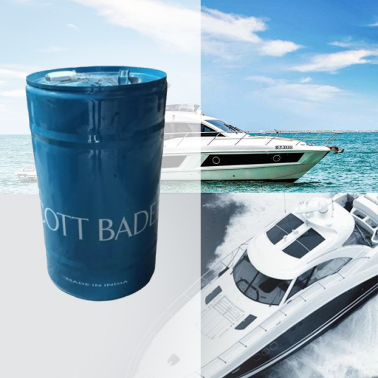
ISO Chemical Resin
Isophthalic polyester resin is a type of thermosetting resin that is commonly used in the production of fiberglass composites. Here are some key points about FRP ISO resin:
Composition: Isophthalic polyester resin is made from isophthalic acid, maleic anhydride, and glycols. This combination of ingredients results in a resin that offers good chemical resistance and durability.Read More
Applications: FRP ISO resin is widely used in various applications where corrosion resistance and strength are essential. Common applications include the manufacturing of tanks, pipes, ducts, and other corrosion-resistant components. Properties: This type of resin provides excellent resistance to chemicals, water, and weathering. It also offers good mechanical properties, making it suitable for structural components in a variety of industries. Processing: Isophthalic polyester resin is typically used in combination with fiberglass reinforcement to create FRP composites. The resin is applied to the fiberglass material, and the composite is formed through a molding process. Standards: ISO resin may also refer to the resin’s compliance with certain ISO standards, ensuring quality and consistency in its production and use.
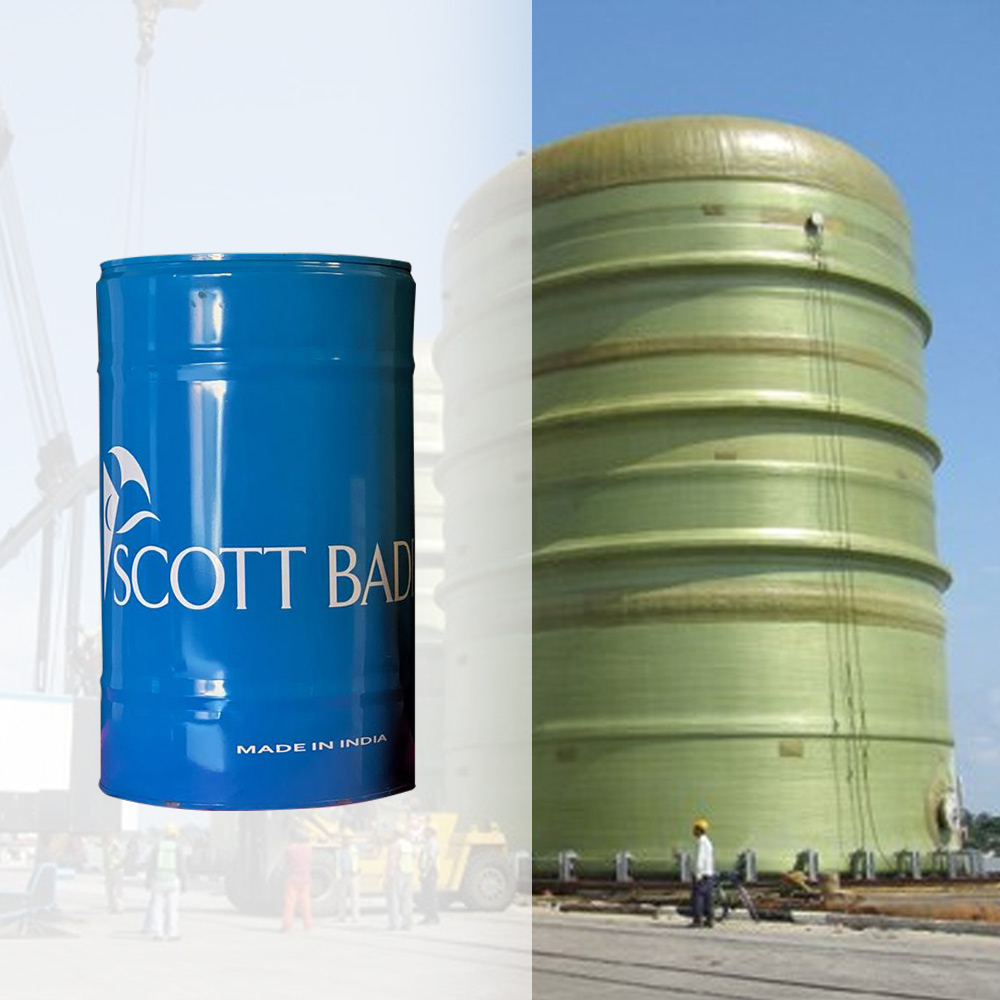
ISO Mechanical Resin
When discussing the mechanical properties of FRP (Fiberglass Reinforced Plastic) using ISO resin (Isophthalic Polyester Resin), several key characteristics are important to consider:
Tensile Strength: Tensile strength measures the material’s ability to withstand a stretching force without breaking. FRP composites with ISO resin generally exhibit high tensile strength, making them suitable for applications where durability and strength are crucial.Read More
Flexural Strength: Flexural strength, also known as bending strength, indicates how well a material resists deformation under applied bending loads. FRP ISO resin composites often have good flexural strength, allowing them to withstand various loads and pressures.
Modulus of Elasticity: The modulus of elasticity, or Young’s modulus, measures a material’s stiffness. FRP ISO resin composites can be designed to have a specific stiffness, providing versatility in applications where flexibility or rigidity is required.
Impact Resistance: FRP composites are generally known for their good impact resistance. ISO resin formulations can be adjusted to enhance impact resistance in specific applications, making them suitable for environments where impacts or sudden loads may occur.
Compressive Strength: Compressive strength is the ability of a material to withstand axial loads or forces that tend to squeeze or crush it. FRP ISO resin composites can exhibit good compressive strength, making them suitable for structural components.
Fatigue Resistance: The ability to resist repeated cycles of stress without failure is crucial in applications where materials experience dynamic loads over time. FRP composites with ISO resin can be designed to provide good fatigue resistance.
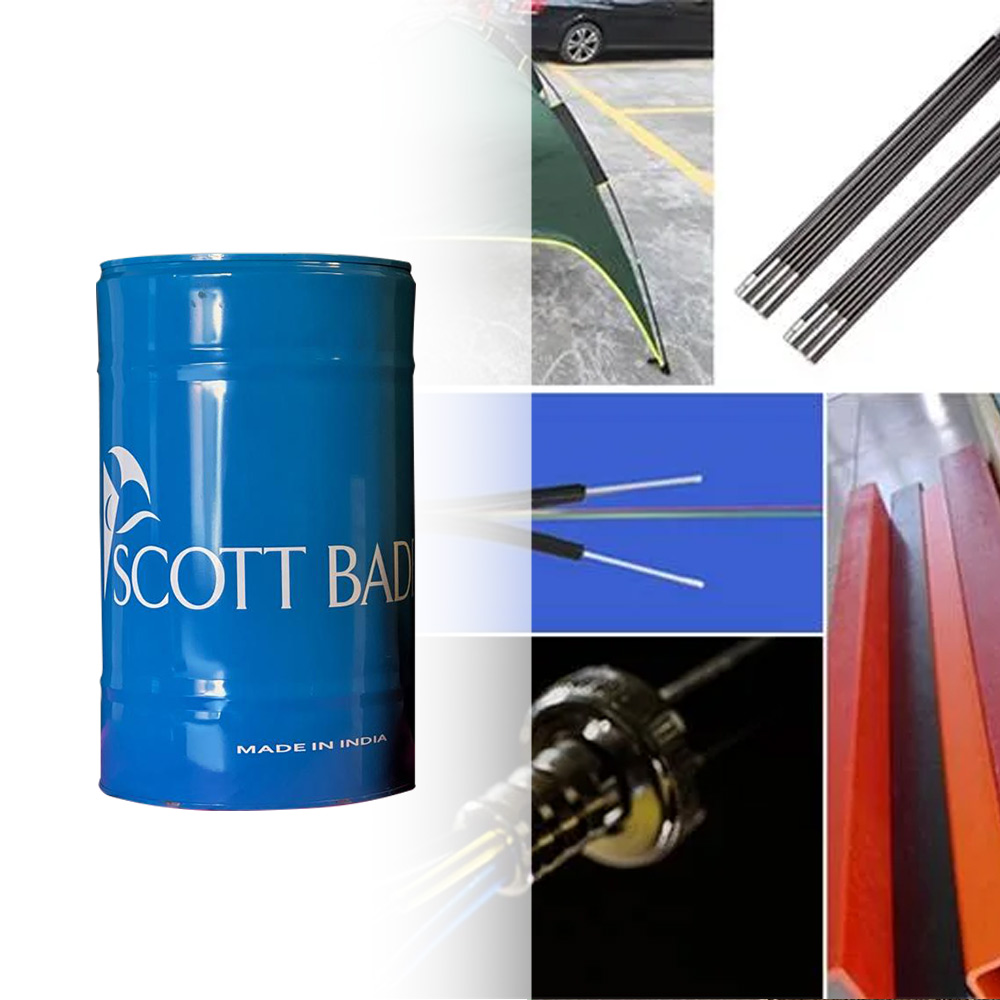
Vinyl Ester Resin
Vinyl ester resin is a type of thermosetting resin derived from the esterification of epoxy resin with acrylic or methacrylic acids. It combines some of the desirable properties of epoxy resins and polyester resins. Vinyl ester resins offer improved corrosion resistance compared to polyester resins and better toughness than epoxy resins.Here are some characteristics and advantages of FRP with Vinyl Ester resin:
Corrosion Resistance: Vinyl Ester resin provides excellent corrosion resistance, making it suitable for applications where exposure to harsh chemicals or corrosive environments is a concern.Read More
Toughness: Vinyl Ester resin offers better impact resistance and toughness compared to traditional polyester resins. This makes it suitable for applications where enhanced durability is required.
Heat Resistance: Vinyl Ester resins generally have good heat resistance, allowing for their use in applications where temperature fluctuations are a consideration.
Adhesion: Vinyl Ester resins adhere well to various types of reinforcing fibers, ensuring a strong bond in the composite material.
Applications: FRP products with Vinyl Ester resin are commonly used in industries such as chemical processing, marine, construction, and infrastructure where corrosion resistance and durability are critical.
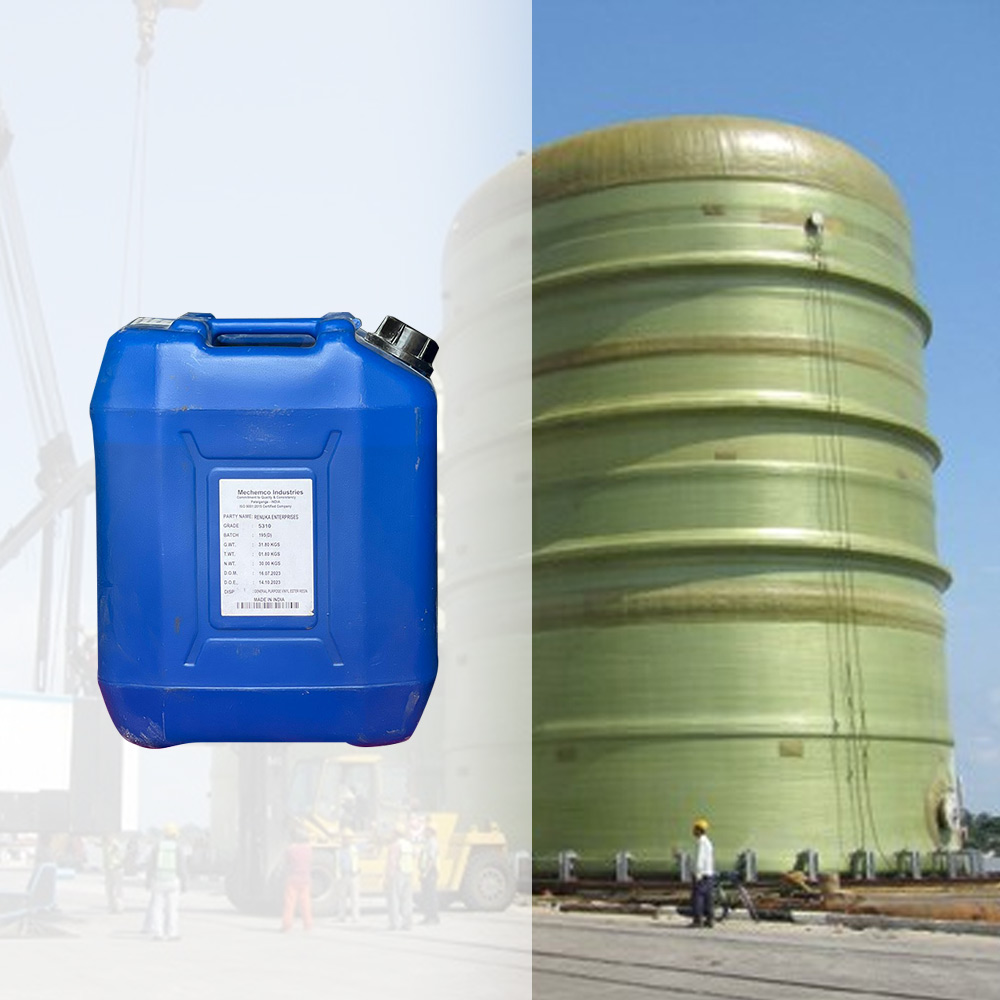
LV Resin
Low viscosity resin in the context of FRP (Fiber Reinforced Plastic or Fiber Reinforced Polymer) typically refers to a resin with a lower thickness or fluidity. The viscosity of a resin affects its flow characteristics, ease of application, and impregnation of fibers in the composite material.
Using a low viscosity resin in FRP applications has several potential advantages:
Improved Wetting: Low viscosity resins tend to have better wetting properties, meaning they can more easily penetrate and surround the reinforcing fibers, ensuring a stronger bond between the fibers and the resin matrix.Read More
Better Fiber Impregnation: The resin can more effectively impregnate the fibers, reducing the chances of air pockets or voids within the composite material. This contributes to the overall strength and durability of the FRP.
Enhanced Flow: Low viscosity allows the resin to flow more easily, making it suitable for applications where a smooth and even coating is desired, such as in the manufacturing of composite laminates.
Reduced Air Entrapment: The lower viscosity helps minimize the entrapment of air bubbles during the application process, which is crucial for achieving a high-quality, void-free composite structure.
Faster Cure Times: Depending on the specific resin formulation, low viscosity resins may facilitate faster cure times, speeding up the manufacturing process.
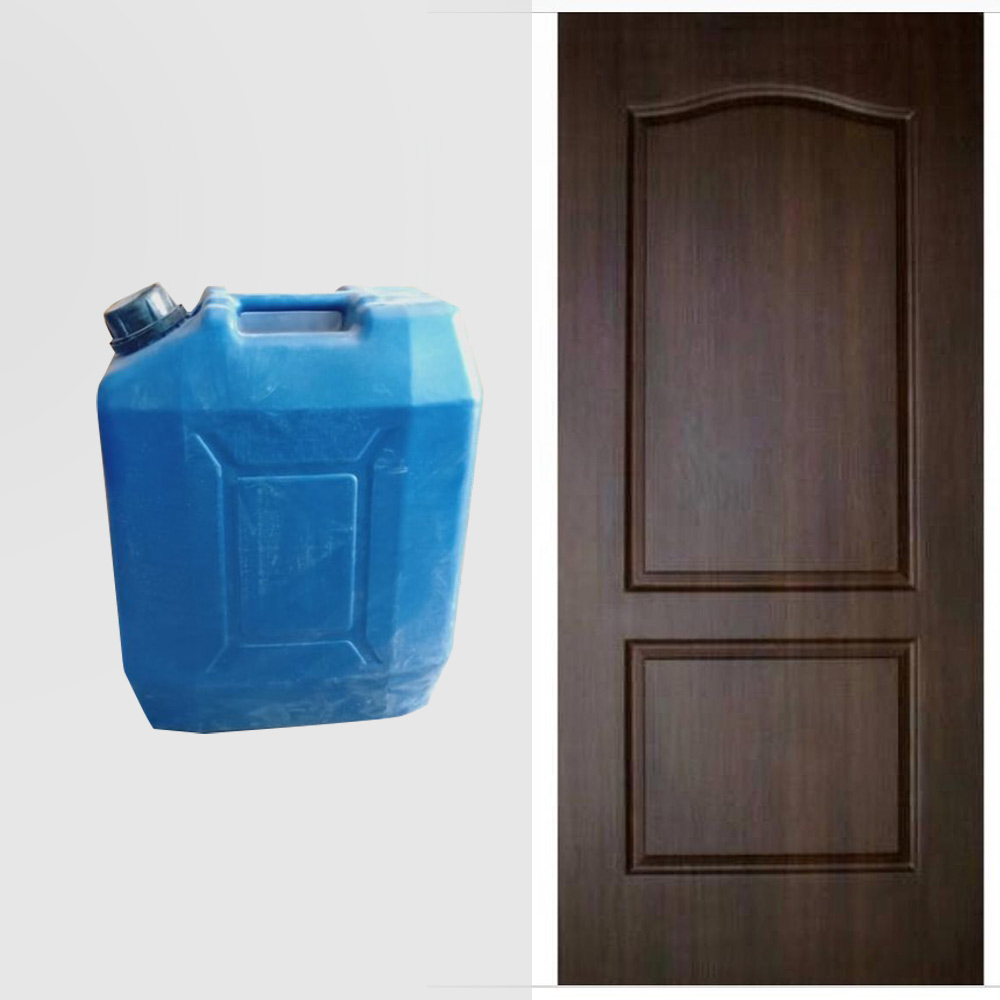
Crystic 199
Crystic199 is an isophthalic polyester resin renowned for its exceptional performance, particularly in high-demand applications like the aircraft industry. Engineered to meet stringent requirements, it offers superior thermal and electrical properties crucial for aerospace applications. Fully cured laminates produced with Crystic 199 exhibit outstanding chemical and heat resistance, enabling them to endure extended periods, up to one year, at temperatures reaching 150ºC. Additionally, these laminates can withstand shorter intervals at even higher temperatures, up to 200ºC, without experiencing significant property degradation. This remarkable resilience makes Crystic 199 an ideal choice for critical components in aerospace structures where durability and reliability are paramount.

Clear Cast Resin
Clear cast resin in the context of FRP (Fiber Reinforced Plastic) likely refers to a type of resin used in composite materials where transparency or translucency is desired. FRP typically involves embedding reinforcing fibers, such as glass fibers, in a resin matrix to create a composite material with enhanced strength and other properties.
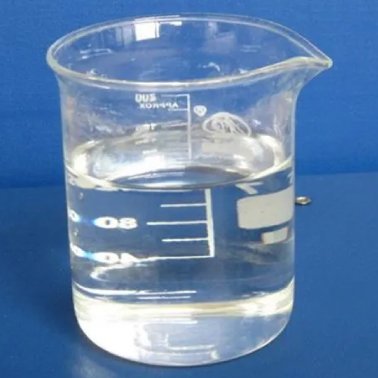
Epoxy Resin
Fiber-Reinforced Polymer (FRP) combined with epoxy resin is a common and powerful composite material used in various engineering and construction applications. FRP typically consists of a polymer matrix reinforced with fibers. When epoxy resin is used as the polymer matrix, it enhances the overall performance of the composite. Here are some key points about Epoxy Resin FRP.
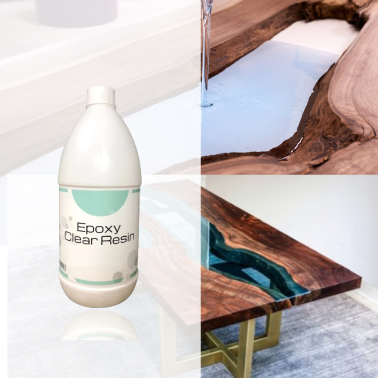
Bisphenol Resin
FRP (Fiber-Reinforced Plastic) Bisphenol Resin typically refers to a type of polymer matrix composite material that uses a bisphenol-based resin as the matrix. Bisphenol resins are thermosetting plastics that are commonly used in the production of FRP composites due to their excellent mechanical properties, chemical resistance, and heat resistance.
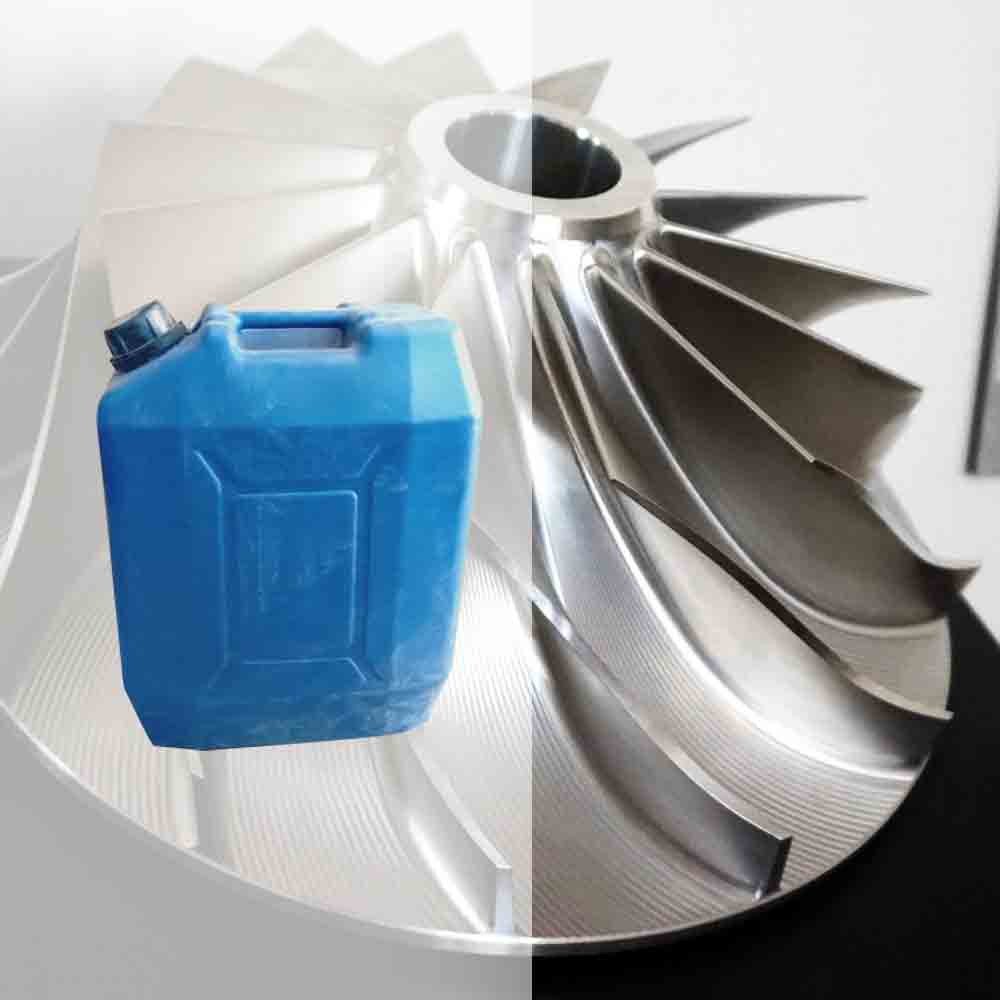
Pultrusion Resin
FRP pultrusion, which stands for Fiber Reinforced Polymer pultrusion, involves the process of manufacturing composite materials by pulling continuous fiber reinforcements through a liquid resin bath, then through a shaping die, and finally curing the resin to create a strong and durable product. The resin used in FRP pultrusion plays a crucial role in determining the performance characteristics of the final composite product.

Fire Retardant Resin
FRP stands for Fiber Reinforced Polymer, and it is a composite material made up of a polymer matrix reinforced with fibers. The polymer matrix is typically a resin, and when it comes to fire retardant FRP, the resin used often has fire retardant properties.
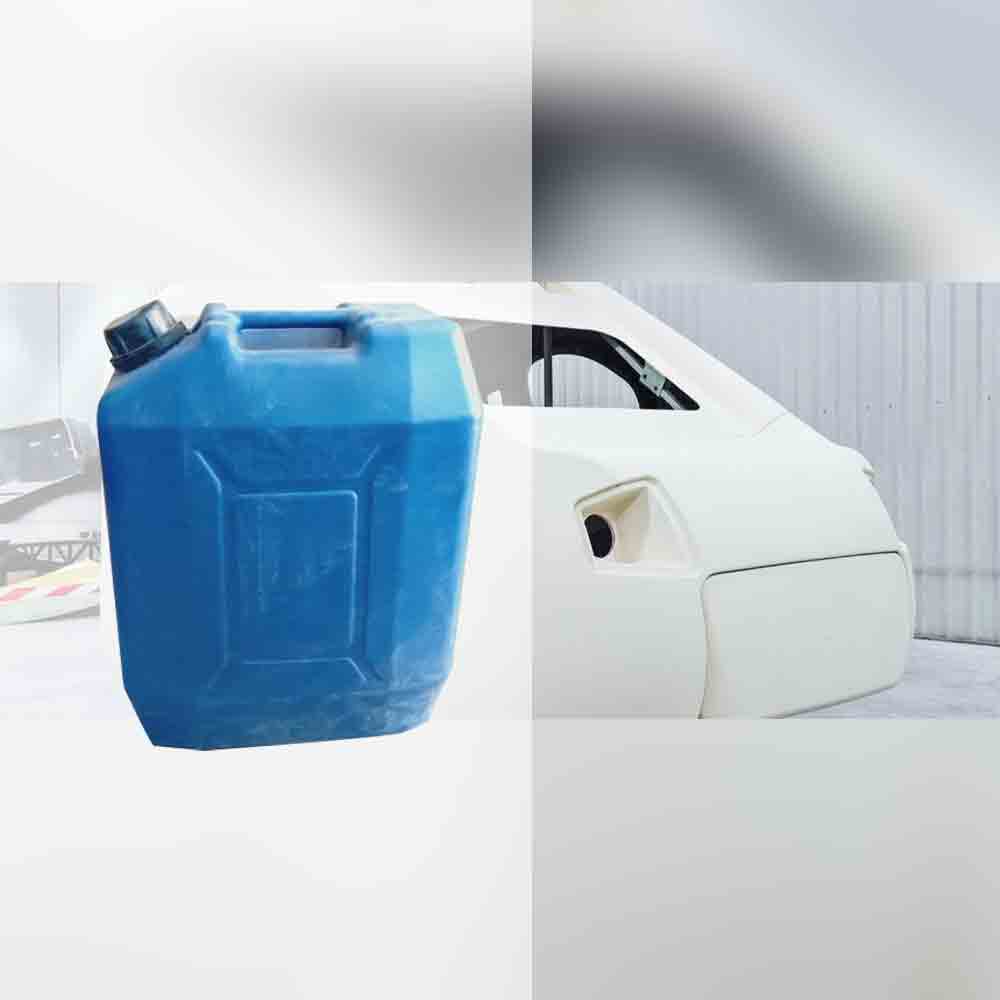
Solid Surface Resin
Solid surface materials are typically synthetic materials that are used for countertops, sinks, and other applications. These materials are known for their seamless appearance, durability, and resistance to stains. The resin used in solid surface materials is often acrylic or polyester. In the context of FRP solid surface resin, it’s possible that a solid surface material is reinforced with fibers (such as glass fibers) to enhance its mechanical properties.
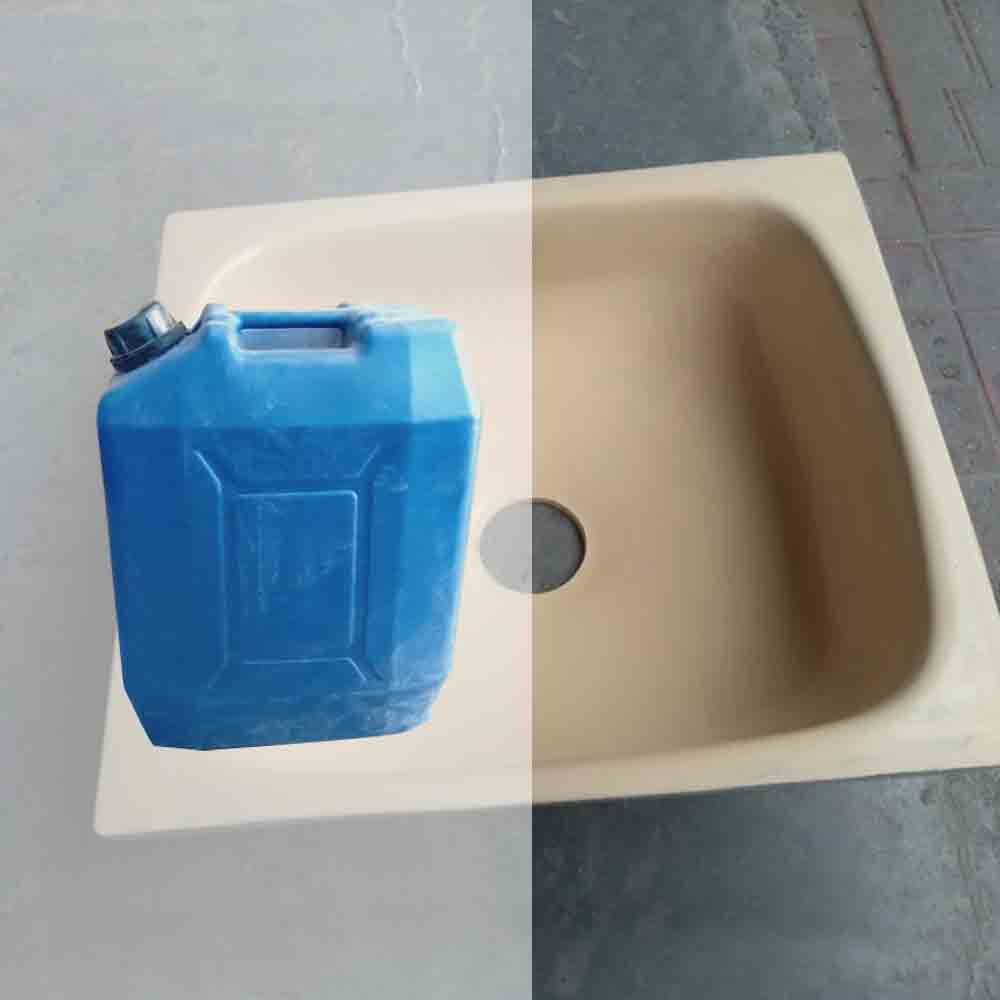
Rooflite Resin
FRP (Fiberglass Reinforced Plastic) Rooflite resin refers to a type of resin commonly used in the manufacture of translucent roofing panels. These panels are often utilized in industrial, commercial, and agricultural buildings to allow natural light to enter the space while providing protection from the elements.
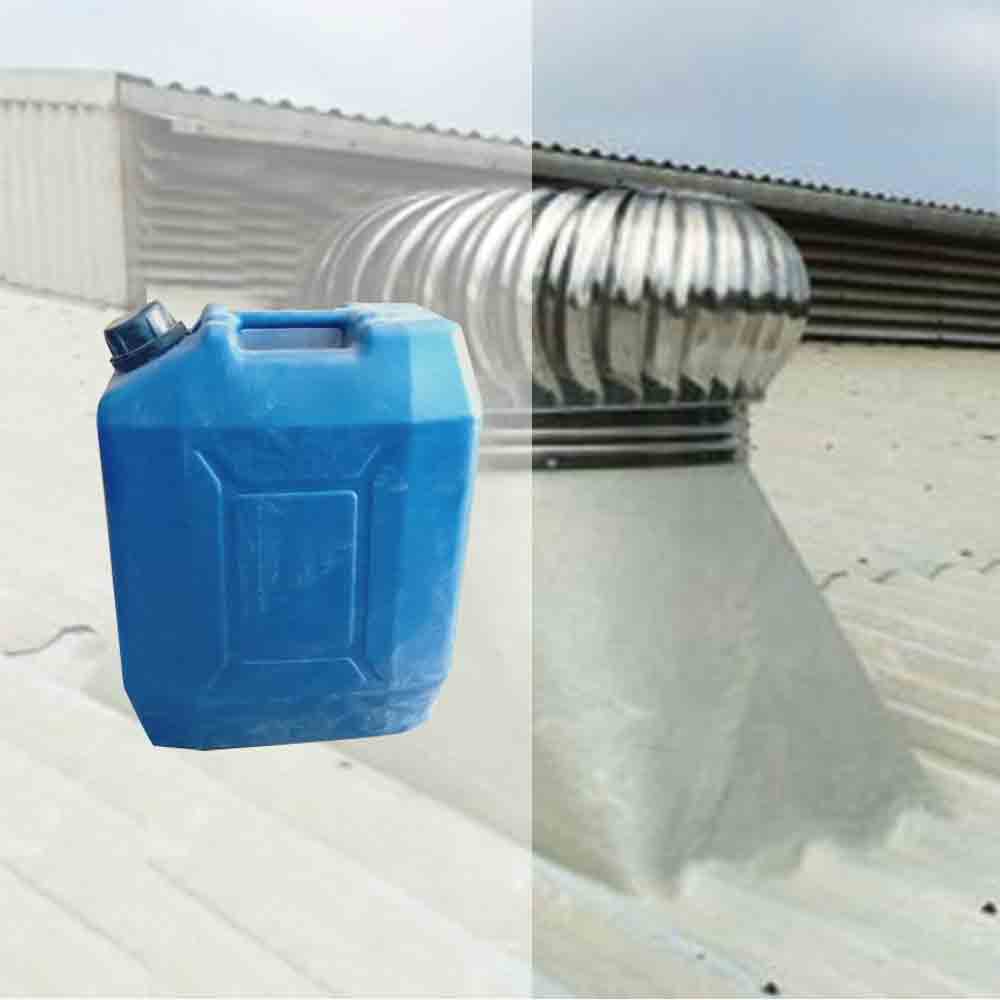
Food Grade Resin
Food grade resin is a type of resin that complies with regulations and standards set by food safety agencies, such as the Food and Drug Administration (FDA) in the United States or the European Food Safety Authority (EFSA) in the European Union. These resins are specifically formulated and manufactured to ensure that they do not pose any health risks when they come into contact with food or beverages.
FRP (Fiber Reinforced Plastic) refers to a composite material made of a polymer matrix reinforced with fibers, such as fiberglass. FRP food grade resin thus indicates that the resin used in the composite material is suitable for food contact applications.Read More
Some key characteristics and considerations for food grade resin include:
Non-toxic: The resin should not contain any harmful chemicals or additives that could leach into food or beverages.
Resistance to corrosion: It should withstand the conditions present in food processing environments, including exposure to acids, alkalis, and cleaning agents.
Hygienic: The surface of the resin should be smooth and non-porous to prevent the buildup of bacteria and facilitate easy cleaning and sanitation.
Heat resistance: The resin should be able to withstand the temperatures typically encountered during food processing and storage.
Regulatory compliance: The resin should meet the relevant regulatory standards for food contact materials, such as FDA regulations in the US or EU directives in Europe.
FRP food grade resin finds applications in various industries, including food and beverage processing, pharmaceuticals, and cosmetics, where hygiene and safety are paramount concerns. Common uses include tanks, pipes, vessels, and equipment used for handling and processing food products.
